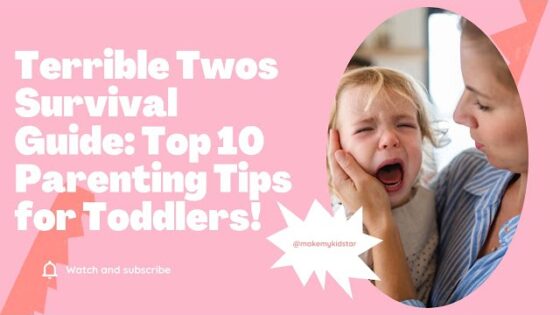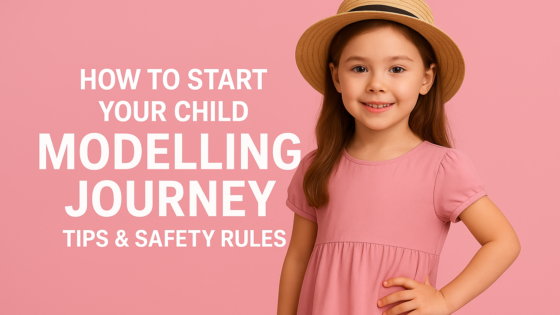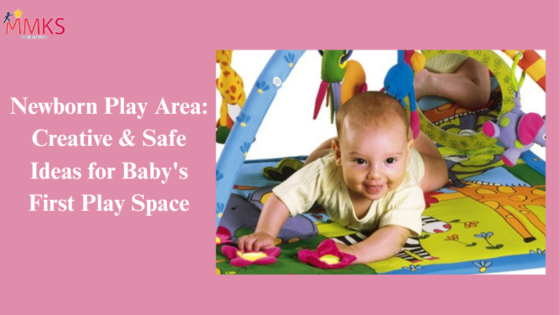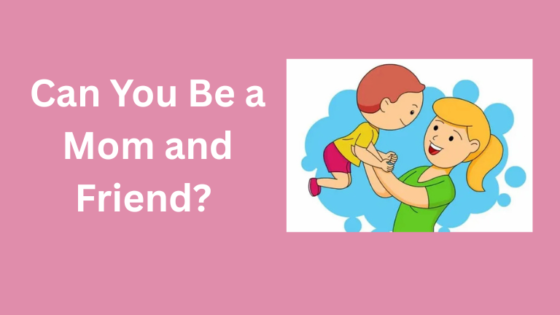Ah, the joys of parenting—a rollercoaster of laughter, love, and, well… tantrums. If you’re dealing with 3.5-year-old tantrums, you’re not alone. One moment, your child is giggling over their favorite snack, and the next, they’re flailing on the floor because you gave them the wrong color cup. Sound familiar? At this age, emotions are big, patience is small, and self-control? Practically nonexistent.
But don’t worry! Tantrums are a normal part of development, and with the right approach, you can navigate these meltdowns like a pro. Let’s dive into what causes them, how to handle them, and ways to reduce their frequency.
Why Do 3.5-Year-Old Tantrums Happen?
Before you lose your cool, it helps to understand why these emotional outbursts happen. A 3.5-year-old’s brain is still under construction, meaning:
- They struggle with emotional regulation. They want to control their feelings, but they just don’t have the skills yet.
- They crave independence. The constant tug-of-war between “I can do it myself!” and “I need help!” leads to frustration.
- They can’t always express themselves. Limited vocabulary or difficulty processing emotions can turn small problems into big explosions.
- They’re testing boundaries. Pushing limits is how they learn what’s acceptable and what’s not.
Understanding these reasons won’t magically stop tantrums, but it will help you respond with empathy instead of frustration.
How to Handle 3.5-Year-Old Tantrums Without Losing Your Mind
Stay Calm (Even When They’re Not)
Easier said than done, right? But your child takes cues from you. If you explode, they escalate. Instead:
- Take deep breaths before responding.
- Speak in a calm, steady voice.
- Remind yourself: This is temporary. This is normal.
Validate Their Feelings
Tantrums often come from big emotions that feel overwhelming. Instead of brushing them off, acknowledge them:
- “I see you’re upset because you wanted to play longer. That’s hard.”
- “You’re frustrated because your block tower fell. I get it.”
Validating their feelings helps them feel understood, which can reduce the intensity of the meltdown.
Offer Choices
Sometimes, tantrums happen because kids feel powerless. Giving them a sense of control can help:
- “Do you want to put your shoes on first or your jacket?”
- “Do you want the blue plate or the green one?”
Pro tip: Make sure both choices are things you’re okay with!
Use Distraction and Redirection
If you see a tantrum brewing, try shifting their focus:
- “Whoa! Did you see that big truck outside?”
- “Hey, let’s race to the door—ready, set, go!”
Sometimes, a little distraction is all it takes to dodge the meltdown bullet.
Set Clear and Consistent Limits
Boundaries help kids feel safe, even when they resist them. Be firm but kind:
- “I know you want candy, but we’re having dinner first.”
- “Hitting is not okay. You can tell me you’re mad with words.”
Stay consistent, and they’ll start to learn what’s expected.
Use Time-InS Instead of Time-Outs
Instead of isolating your child, try a time-in, where you sit together and help them process their feelings:
- “Let’s take deep breaths together.”
- “Do you want a hug while we calm down?”
This teaches emotional regulation without making them feel rejected.
Teach Coping Skills
Since tantrums stem from a lack of emotional control, teaching coping skills is key:
- Encourage deep breaths (“Smell the flower, blow out the candle.”)
- Teach simple phrases like “I need space” or “I feel mad.”
- Show them how to stomp their feet or squeeze a pillow to release frustration.
The more tools they have, the less they’ll rely on meltdowns to express themselves.
Preventing 3.5-Year-Old Tantrums Before They Start
While tantrums will happen, you can reduce their frequency with a little planning:
Keep a Predictable Routine
Kids thrive on routine. Knowing what’s coming next helps them feel secure and reduces power struggles.
Watch for Triggers
Many tantrums stem from basic needs not being met. Ask yourself:
- Are they hungry?
- Are they tired?
- Are they overstimulated?
A well-timed snack or quiet time can work wonders.
Give Them Plenty of Attention
Sometimes, kids act out just to get a reaction. Fill their “attention tank” with positive interactions—hugs, playtime, and praise—so they don’t seek it through tantrums.
Encourage Independence
Give them safe ways to assert control:
- Let them help with simple tasks (stirring pancake batter, picking out clothes).
- Praise their efforts (“Wow! You put your shoes on by yourself!”).
Feeling capable reduces frustration, which means fewer tantrums.
FAQs About 3.5-Year-Old Tantrums
Are 3.5-year-old tantrums normal?
Absolutely! At this age, emotional outbursts are part of learning self-control.
How long do tantrums usually last?
Most last between 2-15 minutes. If they’re longer or more intense, consider whether underlying issues (like anxiety or sensory sensitivities) could be a factor.
Should I ignore tantrums?
It depends. If your child is safe, ignoring attention-seeking behaviors can help. But if they’re overwhelmed, offering comfort and guidance is often more effective.
What if my child hits or throws things during a tantrum?
Stay calm and set firm boundaries:
- “I won’t let you hit me. You can be mad, but you can’t hurt others.”
- Redirect aggression to a safe outlet (like squeezing a stuffed animal).
Will my child ever outgrow tantrums?
Yes! With time, patience, and guidance, they’ll learn better ways to express emotions. By age 4-5, tantrums typically decrease as communication improves.
Conclusion
Surviving 3.5-year-old tantrums isn’t about stopping them altogether—it’s about handling them with patience and understanding. By staying calm, setting clear boundaries, and teaching emotional regulation skills, you’ll help your child navigate their big feelings while keeping your sanity intact.
And remember—this stage won’t last forever. One day, you’ll look back on these meltdowns and laugh… well, maybe. Hang in there!



































